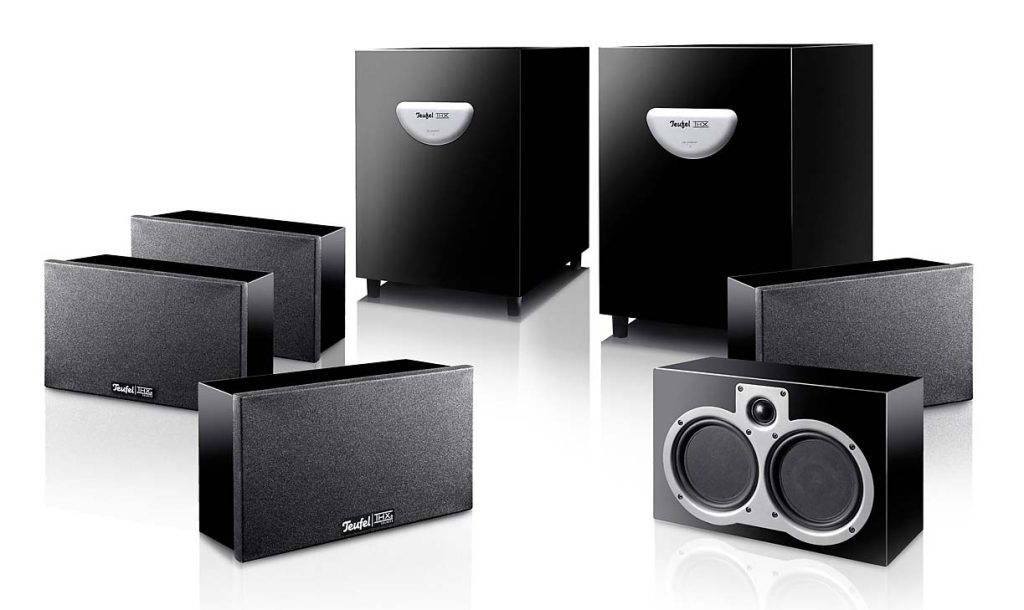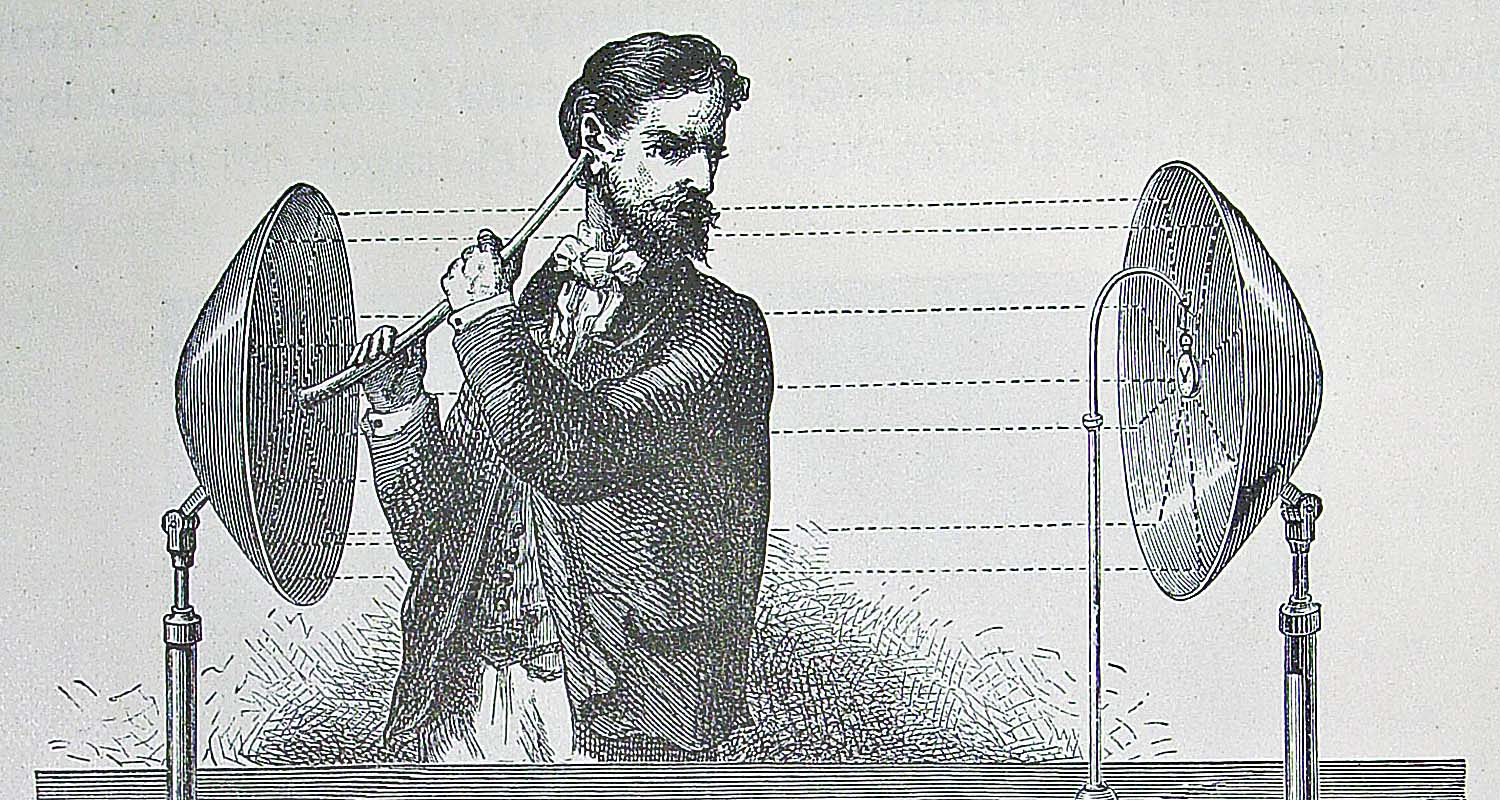Imagine the following: You’ve purchased a high-end home cinema system and set it up perfectly in your living room. All the settings are correct and yet the bass sounds indistinct and muddy. Before your blame the subwoofer, you might want to consider the role your room plays in the overall sound. After all the sound is not only radiating directly from the driver to your ear. In a closed space, sound will also be a product of the room acoustics, hitting the ear after being absorbed by, deflected or reflected off of a surface.
Added to this is the fact that every room will colour a sound in a distinct way due to something called room modes. These are waves that, due to their size, are able to travel between two walls, in such a way that they are enhanced. Since only certain frequencies will be affected, this can lead to unevenness in your playback. Certain frequencies will be either enhanced, diminished or linger in the room longer than they should. Read on to learn more!
Room modes and standing waves
Room modes are a consequence of reflected sound. While some degree of reflected sound is desirable in a surround sound system, creating an atmospheric sound, room modes can majorly distort the sound in a room, especially in the lower end below 300 Hz. Room modes that drastically and negatively affect sound generally occur when soundwaves reflect back and meet and incoming soundwave. Whenever soundwaves that have the same length or lengths that are a multiple or each other meet, something called “interference” is the result. Interference is a possible outcome of waves reflected off of walls. As they bounce back, the reflected wave meets the wave that has just radiated from the transducer. If the two waves happen to be the same AND in phase, that is to say, if they have the same length and meet each other at the same point as they travel through the air, the interference is said to be constructive. The result will be to increase the amplitude of their frequency. If the waves are the same, but out of phase, we speak of destructive interference as the sound will be cancelled out.
Constructively interfering room modes are called standing waves. Standing waves get their name for the way the prevent the sound from decaying naturally. Instead of dying down, the sound pressure can simply build up and “stand” in an area of the room. The effect can be which, in the a muddy, smeared or boomy sound.

Room modes are most likely to occur in rooms in which sound waves fit exactly or in exact multiples between wall. There’s a handy way to discover which frequencies are likely to be affected by the most basic type of room modes, axial modes. Axial room modes are those that form between two parallel surfaces and are the easiest to calculate. Simply use the following formula f = c / 2 * d
• c = the speed of the sound measures in meters per second
• f = the frequency of the wave in Hz
• d =the distance between opposing surfaces
Not only are axial room modes the easiest to calculate, they’re the most likely to be confronted in a home since most interiors feature parallel walls and have the strongest effect on sound. Room modes can form via more complicated routes. There are tangential modes involving four surfaces and oblique modes involving six surfaces.
What can be done about room modes?
One of the simplest ways to correct room modes that result in standing waves it to simply reposition your speaker or subwoofer. Simply trying out different places in the room will help locate an area where standing waves are not encouraged. Room treatments can also be employed such as bass traps and reflectors.
The use of two subwoofers instead of the traditional one can also contribute to a clearer and more realistic bass. This holds true even in rooms that tend to encourage the production of standing waves. An important setup tip to consider is to set up the subwoofers at equidistance from the listener but as far from each other as possible in the room. The resonating behaviour of the low end will diminished.
An overview of room modes
• Room modes are created by overlapping sound waves
• Room modes are a common problem in rooms as sound waves reflect off surfaces
• Room modes affect the lower end of the frequency spectrum
• Room modes can enhance, diminish or prolong certain frequencies
• Changing the location of the subwoofer can solve the problem
• The use of 2 subwoofers is also a good way to achieve clean and clear bass playback
Title picture: By Biblioteca de la Facultad de Derecho y Ciencias del Trabajo Universidad de Sevilla (1004126 Uploaded by clusternote) [CC BY 2.0 (http://creativecommons.org/licenses/by/2.0)], via Wikimedia Commons
Picture 1: Property of Teufel Audio




